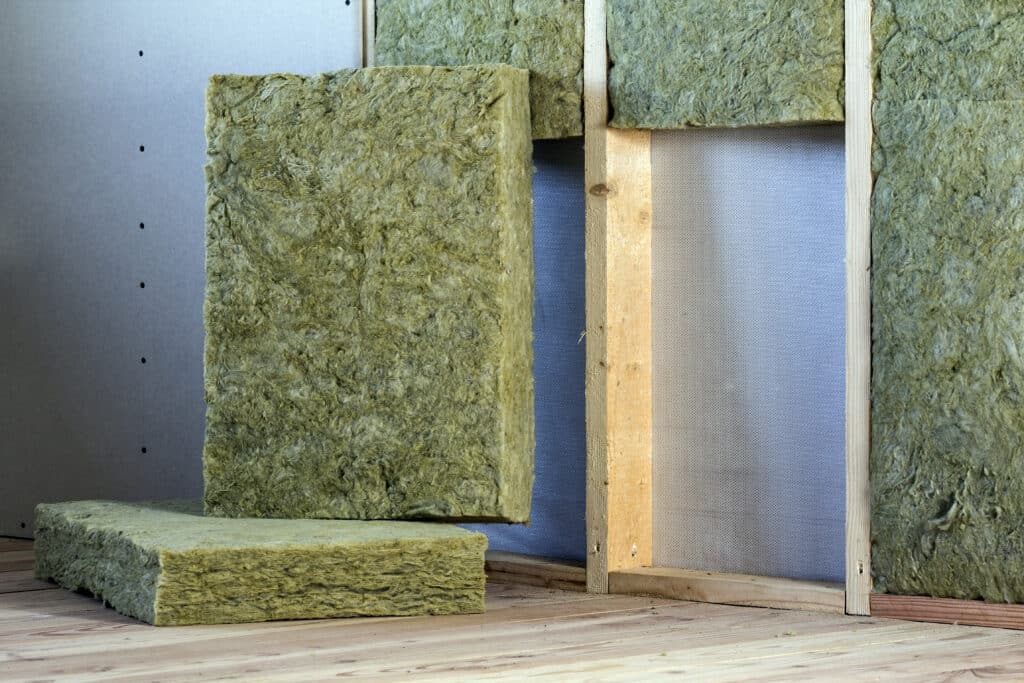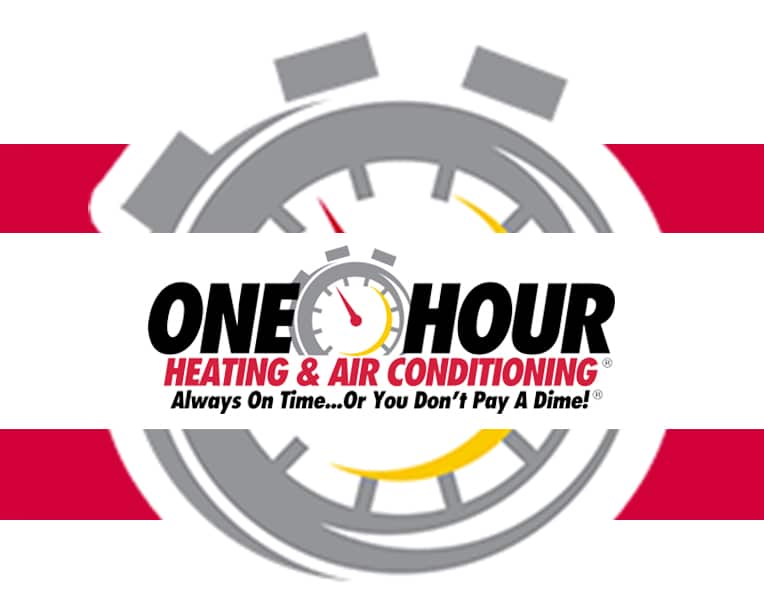Keeping your home cool during the warmer months is essential for comfort and energy efficiency. One of the most effective ways to maintain a cool indoor temperature is through proper home insulation.
In this comprehensive guide, we’ll explore the secrets of home insulation and how it can help you stay cool indoors. We’ll also delve into the specifics of insulation options, the importance of professional installation, and tips for ensuring your home remains comfortable year-round.
Understanding Home Insulation and Its Importance
Home insulation acts as a barrier to heat flow, helping to keep your home warm in the winter and cool in the summer. It reduces the amount of heat that enters your home during hot weather, making your living space more comfortable and reducing the need for air conditioning. Proper home insulation can significantly lower your energy bills and enhance the overall efficiency of your home.
How Insulation Works
Insulation works by slowing the transfer of heat through walls, roofs, and floors. During the summer, it prevents heat from entering your home, and during the winter, it keeps heat from escaping. The effectiveness of home insulation is measured by its R-value, which indicates its resistance to heat flow. The higher the R-value, the better the insulation’s performance.
Benefits of Proper Home Insulation
- Temperature Regulation: Home insulation helps maintain a consistent indoor temperature, preventing hot spots and cold drafts. This ensures a comfortable living space year-round, regardless of the weather outside.
- Energy Efficiency: By reducing the need for heating and cooling, home insulation lowers your energy consumption and utility bills. Proper insulation minimizes energy loss, making your home more efficient and cost-effective.
- Comfort: Properly insulated homes are more comfortable, providing a more stable and pleasant living environment. Insulation helps to keep noise levels down and creates a quieter home.
- Environmental Impact: Lower energy consumption reduces your carbon footprint, contributing to environmental conservation. Investing in home insulation is a step towards a more sustainable lifestyle and a healthier planet.
With proper home insulation, you can enjoy these benefits while enhancing your home’s overall performance and value.

Types of Home Insulation
There are various types of home insulation available, each with its advantages and applications. Understanding the different options can help you choose the best insulation for your home.
Fiberglass Insulation
Fiberglass insulation is one of the most common types used in residential homes. It is made of fine glass fibers and is available in batts, rolls, and loose-fill. Fiberglass insulation is known for its affordability and effectiveness in reducing heat transfer, making it a popular choice for many homeowners.
Spray Foam Insulation
Spray foam insulation is a versatile option that can be used in hard-to-reach areas. It expands upon application, filling gaps and creating an airtight seal. Spray foam provides excellent thermal resistance and is ideal for sealing cracks and crevices, ensuring that no heat can escape or enter through small openings.
Cellulose Insulation
Cellulose insulation is made from recycled paper products and treated with fire retardants. It is an eco-friendly option that provides good thermal performance. Cellulose is typically used in attics and walls, offering a sustainable and effective solution for maintaining temperature control in your home.
Rigid Foam Insulation
Rigid foam insulation is available in panels or boards and provides high R-values. It is commonly used for insulating foundations, walls, and roofs. Rigid foam is moisture-resistant and durable, making it suitable for areas prone to dampness and requiring a long-lasting insulation solution.
Reflective Insulation
Reflective insulation uses reflective surfaces to reduce radiant heat transfer. It is often used in attics and roofs to reflect heat away from the home. Reflective insulation works best in hot climates, where its ability to reflect heat can significantly reduce cooling costs and improve indoor comfort.
Choosing the Right Insulation for Your Home
Selecting the right insulation for your home involves considering several factors, including the climate, the area to be insulated, and your budget.
Climate Considerations: In hot climates like Spring Valley, CA, it’s essential to choose insulation materials with high R-values that can effectively reduce heat gain. Reflective insulation can also be beneficial in these regions.
Area to Be Insulated: Different areas of your home may require different types of insulation. For example, attics may benefit from loose-fill or batt insulation, while walls may be better suited for spray foam or rigid foam insulation.
Budget: While some insulation options may have a higher upfront cost, they often provide long-term savings through reduced energy bills. Consider your budget and weigh the initial investment against the potential energy savings.
Insulation in Different Areas of Your Home
Proper home insulation in various parts of your home can make a significant difference in maintaining cool indoor temperatures.
Attic Insulation
The attic is one of the most important areas to insulate. Heat can easily enter through the roof, making the attic a hot zone. Insulating the attic with materials like fiberglass or cellulose can prevent heat from penetrating the living spaces below, thus keeping your home cooler and more comfortable.
Wall Insulation
Insulating the walls of your home helps to reduce heat transfer and maintain a consistent indoor temperature. Options like spray foam or fiberglass batts are effective for wall insulation. Proper wall insulation acts as a barrier against external temperatures, helping to maintain a stable and pleasant indoor environment.
Floor Insulation
Insulating the floors, especially over unconditioned spaces like basements or crawl spaces, can prevent heat from entering your home from below. Rigid foam or fiberglass batts are commonly used for floor insulation. By insulating the floors, you can enhance the overall energy efficiency of your home and create a more comfortable living space.
Duct Insulation
Insulating your HVAC ducts ensures that the cooled air from your air conditioning system is not lost as it travels through your home. Properly insulated ducts improve the efficiency of your cooling system. This not only helps in maintaining the desired indoor temperature but also reduces energy consumption and lowers your utility bills.
Professional Installation vs. DIY Insulation
While some insulation projects can be done as DIY, others are best left to professionals. Understanding the pros and cons of each approach can help you make an informed decision.
Professional Installation
Hiring a professional for insulation installation ensures that the job is done correctly and efficiently. Professionals have the expertise to choose the right type of insulation and install it properly, minimizing gaps and ensuring maximum effectiveness.
Advantages of Professional Installation:
- Expertise: Professionals understand the nuances of different insulation materials and techniques.
- Efficiency: Professional installation is often quicker and more thorough.
- Warranty: Many professional installations come with a warranty, providing peace of mind.
DIY Insulation
For those who enjoy tackling home improvement projects, DIY insulation can be a cost-effective option. However, it requires careful planning and execution to achieve the desired results.
Advantages of DIY Insulation:
- Cost Savings: DIY projects can save money on labor costs.
- Flexibility: You can work on your schedule and pace.
Challenges of DIY Insulation:
- Skill Level: Insulating a home properly requires specific skills and knowledge.
- Time-Consuming: DIY projects can take longer, especially for larger areas.
Insulation Tips for Staying Cool Indoors
Implementing effective insulation strategies can make a significant difference in maintaining cool indoor temperatures. Here are some practical tips to help you get started.
Seal Gaps and Cracks
Before adding insulation, it’s essential to seal any gaps and cracks in your home’s envelope. This includes areas around windows, doors, and plumbing penetrations. Sealing these gaps prevents air leaks and enhances the effectiveness of your insulation. You can use caulk or weatherstripping to close these gaps, ensuring a tighter seal and better energy efficiency.
Choose the Right R-Value
Selecting the appropriate R-value for your insulation is crucial. The R-value measures the insulation’s ability to resist heat flow. The R-value needed depends on your climate and the part of the home you are insulating. For example, homes in hot climates like Spring Valley, CA, may require higher R-values for attic insulation to effectively keep the heat out. Always consult local building codes or a professional to determine the best R-value for your needs.
Insulate Attic Access Points
Don’t forget to insulate attic access points, such as hatches or pull-down stairs. These areas can be significant sources of heat transfer if not properly insulated. You can use an attic stair cover or an insulated hatch to prevent heat from entering your living spaces through these openings. Properly insulating these points ensures a more consistent temperature throughout your home.
Use Reflective Insulation in Attics
In hot climates, adding reflective insulation in the attic can help to reflect radiant heat away from your home. This type of insulation works in conjunction with other insulation materials to enhance overall performance. Reflective insulation can be particularly effective when installed under the roof sheathing, reducing the amount of heat that penetrates your attic and, consequently, your home.
Insulate Ductwork
Ensure that your HVAC ductwork is properly insulated. Uninsulated ducts can lose cooled air as it travels through your home, reducing the efficiency of your air conditioning system. By insulating your ductwork, you can minimize energy loss and maintain cooler indoor temperatures more effectively. Additionally, sealing any leaks in the ductwork can further enhance efficiency and comfort.
Upgrade Insulation in Older Homes
Older homes may have inadequate insulation or none at all. Upgrading the insulation in these homes can significantly improve comfort and energy efficiency. Adding modern insulation materials can help maintain a consistent indoor temperature and reduce cooling costs. Consider insulating walls, attics, and crawl spaces to maximize the benefits and create a more comfortable living environment.
Use Thermal Curtains and Blinds
Another effective way to enhance your home insulation is by using thermal curtains and blinds. These window treatments can block out heat from the sun, keeping your indoor spaces cooler. They add an extra layer of insulation to your windows, which are often a significant source of heat gain in your home.
Install Radiant Barriers
Installing radiant barriers in your attic can significantly reduce heat transfer from the roof into your home. Radiant barriers are highly reflective materials that reflect radiant heat rather than absorbing it. When installed properly, they can lower attic temperatures and reduce cooling costs.
By following these insulation tips, you can stay cool indoors while improving your home’s energy efficiency. Proper insulation not only keeps your home comfortable but also helps to reduce your energy bills, making it a smart investment for any homeowner.
Maintaining Your Home Insulation
Once your home is properly insulated, regular maintenance is essential to ensure its continued effectiveness. Here are some key tips for maintaining your home insulation.
Inspect for Damage
Periodically inspect your home insulation for any signs of damage, such as moisture intrusion or pest infestations. Look for areas where insulation might be damp, moldy, or disrupted by pests. Address any issues promptly to maintain the integrity of your insulation. Fixing these problems early can prevent further damage and ensure that your insulation continues to perform effectively.
Replenish Settled Insulation
Some types of insulation, like loose-fill, may settle over time, reducing their effectiveness. If you notice that your insulation has settled, consider adding more to maintain the desired R-value. Regularly checking the depth of your insulation and replenishing it as needed will help maintain optimal thermal resistance and keep your home comfortable.
Ensure Proper Ventilation
Proper ventilation in your attic and other areas is crucial for preventing moisture buildup and maintaining the effectiveness of your home insulation. Ensure that vents are not blocked and are functioning correctly. Good ventilation helps to regulate temperature and humidity levels, which can protect your insulation from moisture-related damage and prolong its lifespan.
Consult with Professionals
While regular maintenance can address many common issues, there are times when consulting with a professional is necessary. Insulation professionals can inspect thoroughly, recommend the best solutions for any problems, and ensure that your home insulation is up to standard. They can also help you choose the right type of insulation for any new areas that need to be insulated or upgraded.
By following these maintenance tips and consulting with professionals when needed, you can ensure that your home insulation remains effective, keeping your indoor environment comfortable and energy-efficient. Regular upkeep of your insulation system is a wise investment that can save you money on energy bills and extend the life of your home’s insulation.
Stay Cool with One Hour Heating & Air Conditioning of San Diego
At One Hour Heating & Air Conditioning of San Diego, we understand the importance of proper home insulation in maintaining a cool and comfortable home. Our team of experienced professionals is dedicated to providing top-quality insulation services tailored to your needs.
Why Choose Us?
- Expertise: Our technicians are trained and certified to handle all types of insulation projects.
- Quality Materials: We use only the best insulation materials to ensure maximum effectiveness and durability.
- Customer Satisfaction: Your comfort and satisfaction are our top priorities.
Contact Us Today!
Don’t let the summer heat make your home uncomfortable. Contact One Hour Heating & Air Conditioning of San Diego today to schedule a consultation and discover how our insulation services can help you stay cool indoors. Call us at 619-639-4017 and our team of experts will gladly assist you.

FAQs About Home Insulation
-
What is the best type of insulation for hot climates like Spring Valley, CA?
The best type of home insulation for hot climates typically includes materials with high R-values and reflective properties. Reflective insulation, spray foam insulation, and rigid foam insulation are excellent choices. Reflective insulation helps to reflect heat away from your home, while spray foam and rigid foam provide excellent thermal resistance.
-
How can I tell if my home needs more insulation?
Signs that your home may need more insulation include uneven temperatures throughout the house, high energy bills, and difficulty maintaining a comfortable indoor temperature. If your HVAC system is constantly running or you notice drafts and hot spots, it’s a good idea to have your insulation inspected by a professional.
-
Can I add new insulation on top of the old insulation?
Yes, you can add new insulation on top of old insulation as long as the existing insulation is not damaged or wet. Adding a new insulation layer can improve your home’s thermal resistance and help maintain cooler indoor temperatures. It’s important to ensure that any new insulation is compatible with the old insulation type.
-
How does insulation improve indoor air quality?
Proper insulation helps to seal gaps and cracks in your home’s envelope, preventing outdoor pollutants like pollen, dust, and allergens from entering. It also helps control moisture levels, reducing mold growth risk and improving indoor air quality. Good insulation, combined with proper ventilation, creates a healthier indoor environment.
-
Should I insulate my ducts if my home already has good insulation?
Insulating your HVAC ducts is important even if your home is well-insulated. Insulating ducts help to prevent the loss of cooled air as it travels through your home, improving the efficiency of your air conditioning system. Proper duct insulation ensures that your cooled air reaches its intended destination without losing temperature, enhancing overall comfort and energy efficiency.



















